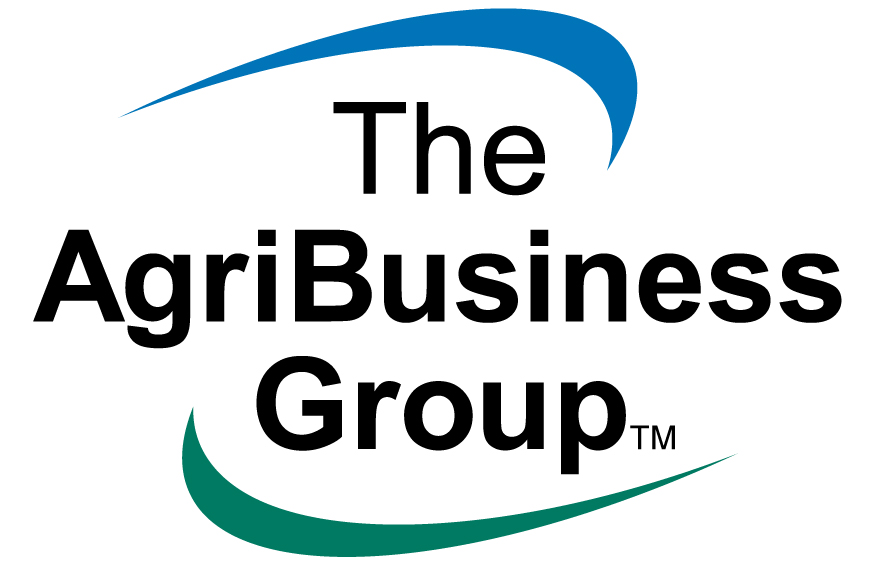Maximising the value of sustainability with strategic analysis
Many sustainability initiatives are failing to maximise value to the business, the environment, and society that could be produced. A robust analysis of strategic priorities using the latest scientific and market data can significantly enhance the impact of a business’s sustainability actions.
Businesses that do not fully embrace sustainability are risking their reputations and missing out on significant opportunities. However, despite the growth in sustainable goods and services, there remains a large gap between consumer expectations and businesses meeting those expectations. Consumer studies continually reveal the willingness of consumers to pay a premium for sustainable goods and services, and their inability to purchase the goods and services that meet their needs.
There is a bewildering array of sustainability certification schemes, assurance programmes, and ecolabels for companies and consumers to navigate. The International Trade Centre lists over 150 sustainability standards while the Ecolabel Index tracks 463 different ecolabels. Some of these schemes are highly robust; others amount to little more than greenwash. Companies are under pressure – from customers, governments, banks, and investors – to prove their sustainability credentials. In response, many agribusiness companies and retailers are turning inwards to build their own sustainability systems, either to do better than existing systems or because they want more control over the requirements.
The centrepiece of many sustainability systems is an assessment, typically using indicators, to measure sustainability performance. If, however, the assessment is too generic, or not designed around ambitious sustainability goals, then compliance with the assessment can create a false sense of sustainability progress. Agriculture globally is faced with dire projections on climate change, biodiversity loss, water issues, and ageing farmers amongst other issues. Agricultural industries or companies who are developing their own sustainability standards or modifying existing standards to meet their needs are taking responsibility for these issues into their own hands. In doing so, they gain more control over how they address sustainability; however, they also adopt more responsibility.
Whether a company or industry is using an internationally respected sustainability standard or has crafted its own standard, it is critical that sustainability improvement is the goal and not compliance. Improving sustainability requires robust strategic analysis to identify sustainability hotspots and align those hotspots with reliable metrics. The assessment and compliance components of a sustainability system should result in a clear pathway to continually improve sustainability performance, rather than simply determine sufficiency. The biodiversity assessment tool built in the New Zealand Sustainability Dashboard Project provides a good example of how a robust evidence-based assessment process can be developed for New Zealand agricultural industries.
A key lesson from the NZSD project was that flexibility is crucial in developing sustainability initiatives to meet the needs of a business or industry. Off-the-shelf systems, whether software-based, auditor assessed, or self-assessed risk being inflexible and forcing conformity rather than encouraging innovation. Sustainability is complex, and many sustainability standards respond to a desire to provide simple solutions and certainty on how to meet stakeholder demands for improved sustainability performance. An example of this desire for a simple solution can be seen in how many businesses have approached the United Nations Sustainable Development Goals (SDGs). The SDGs have provided a focus for global sustainability efforts and have brought together nations from around the world to address a common challenge. Many businesses have also taken up the SDGs and have begun reporting on their commitment to contributing towards improving them.
However, studies have shown that many companies are cherry-picking which SDGs to report against and are reporting against the SDGs at a highly superficial level without understanding the specific targets and indicators the goals require. Oxfam stated:
… while most companies are prioritizing a subset of SDGs, the prioritization processes appeared to have significant gaps in terms of consistency, justification and breadth. Others have either decided to engage with most of the goals, or do not provide any information about priority SDGs at all.
The simplicity of the SDGs is both a strength in building an understanding of global sustainability challenges, but it also presents a risk, suggesting that any action counts towards the goals. High-level organising principles like the SDGs and sustainability compliance assessments can provide companies with a set of issues to focus on. The risk, however, is that without a rigorous strategic analysis of the companies sustainability hotspots, its stakeholders' priorities, and specific pathways for improving performance, opportunities to radically improve sustainability performance may be overlooked.
Over the past 6 years, The AgriBusiness Group has worked on developing tools and resources as part of the New Zealand Sustainability Dashboard Project (NZSDP)to aid agricultural enterprises in improving their sustainability. Working with our partners such as Zespri, New Zealand Winegrowers, Ngāi Tahu, and others, it was clear that every organisation has very different needs when it comes to sustainability. Successful sustainability systems cannot be parachuted in from the outside. Instead, they need to be socialised within the company and tailored to particular management systems. Many business or industry sustainability initiatives could be significantly enhanced through a robust analysis of strategic priorities utilising the latest scientific and market data.
Based on our experience working with companies and industries who are leaders in sustainability, we have found that a balanced approach to sustainability, harnessing new technologies, and blending them with expert knowledge and detailed analysis can enhance the value created from an existing sustainability initiative. Sustainability is complicated, but science and technology can cut through this complexity and help companies at any level of sustainability maturity to become leaders in sustainable business.
Dr Jay Whitehead, Sustainability Research and Development
The NZSD developed a broad set of free resources to help any business improve their sustainability performance. Based on lessons from the NZSD project, the AgriBusiness Group has created a new method called Sustainability Opportunity and Risk Assessment (SOTA) to help businesses improve their sustainability performance.
Contact Jay to for more information on this method, or to be directed to other useful resources or tools: Jay@agribusinessgroup.com


